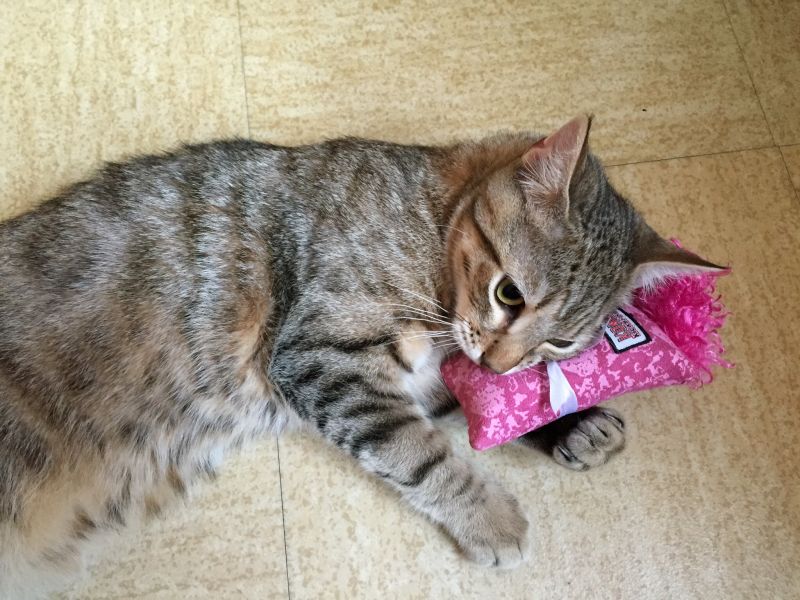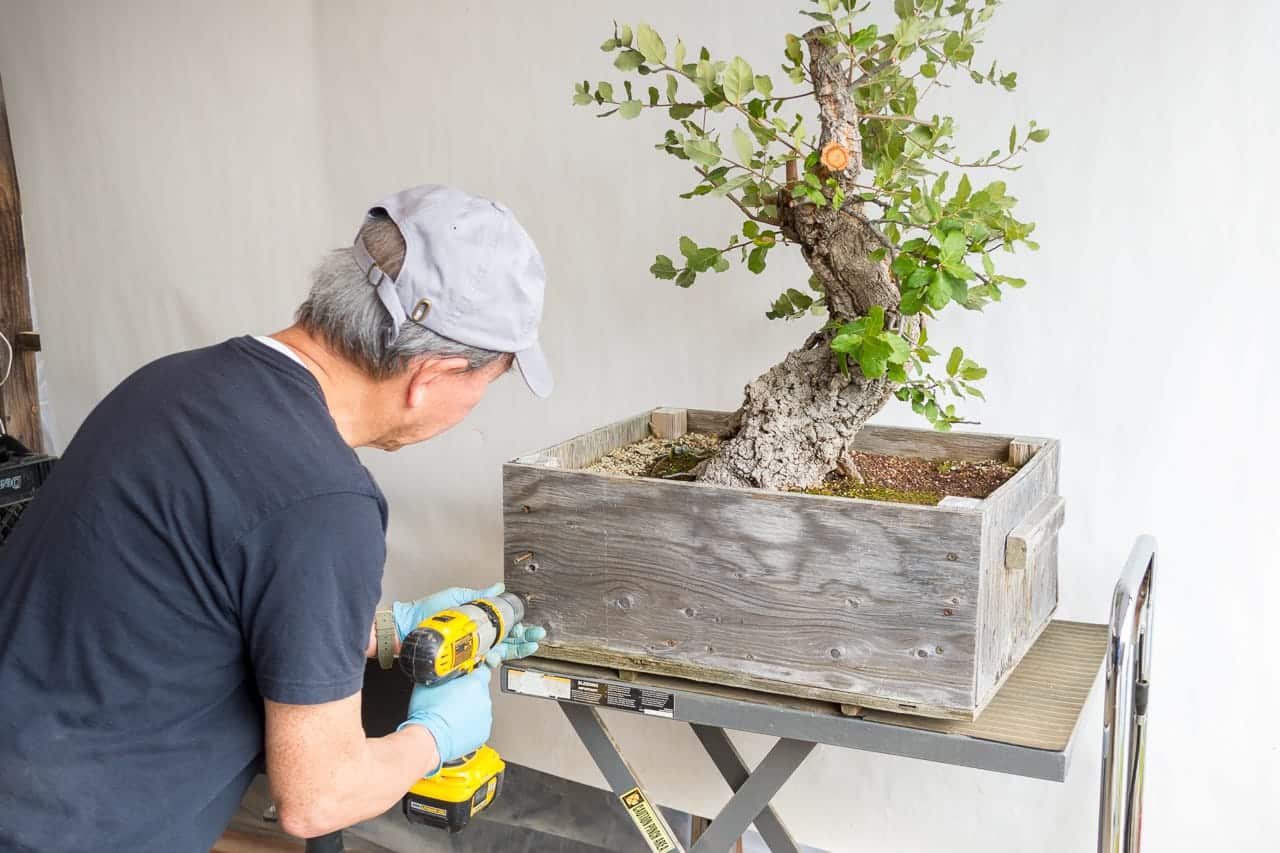Welcome to the comprehensive guide on feeding and caring for your feline friends at home. Cats are beloved companions known for their independence, grace, and affectionate nature. Proper feeding and care are essential to ensure their health and happiness. In this manual, we’ll explore the key aspects of feeding and keeping cats indoors, providing you with valuable insights and tips to foster a harmonious relationship with your furry companions.
Nutrition and Feeding
Cats are obligate carnivores, meaning they require a diet primarily composed of meat to thrive. When choosing cat food, opt for high-quality commercial cat food formulated to meet their nutritional needs. Look for options that contain real meat as the main ingredient and are free from artificial additives.
Feeding schedules vary depending on factors such as age, weight, and activity level. Generally, adult cats should be fed 2-3 small meals per day, while kittens may require more frequent feedings. Ensure access to fresh, clean water at all times, as hydration is crucial for their well-being.
Avoid feeding cats from the table or offering excessive treats, as this can lead to obesity and nutritional imbalances. Monitor their weight and adjust their portions accordingly to maintain a healthy body condition. Incorporate nutritious options like cat food sardines into their diet for variety and essential nutrients.

Environmental Enrichment
Cats are curious and active creatures that thrive in environments enriched with opportunities for exploration, play, and mental stimulation. Provide them with a variety of toys, scratching posts, and climbing structures to satisfy their instincts and keep them engaged.
Create designated areas for scratching and perching to prevent furniture damage and offer vertical space for cats to retreat and observe their surroundings. Rotate toys regularly to keep them interesting and introduce puzzle feeders to encourage mental stimulation during mealtime.
Consider establishing a secure outdoor enclosure or cat-proofing your yard to allow supervised outdoor access, providing enrichment while ensuring their safety from potential hazards.
Health and Hygiene
Regular veterinary check-ups are essential for monitoring your cat’s overall health and addressing any potential concerns promptly. Vaccinations, parasite prevention, and dental care are vital aspects of maintaining their well-being and preventing common ailments.
Maintain a consistent grooming routine to keep your cat’s coat clean and healthy, brushing them regularly to remove loose fur and prevent matting. Trim their claws as needed to prevent overgrowth and provide a litter box cleaned daily to promote good litter box habits and prevent accidents.
Be attentive to changes in behavior, appetite, or litter box habits, as these can indicate underlying health issues requiring veterinary attention. Establishing a trusting relationship with your veterinarian and staying proactive in your cat’s care will contribute to their long-term health and happiness.
Conclusion
Caring for cats in the home involves providing them with proper nutrition, environmental enrichment, and regular healthcare. By following the guidelines outlined in this manual, you can create a nurturing environment where your feline companions can thrive. Remember to shower them with love and attention, as the bond you share with your cat is truly priceless.



